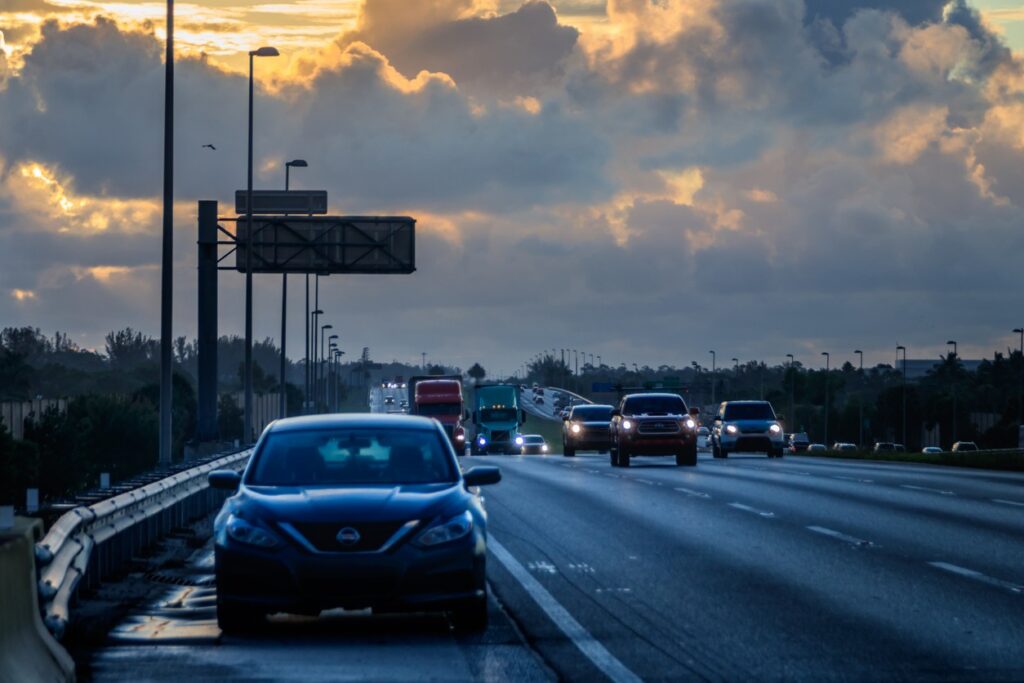
Stopping on a controlled access highway, such as a freeway or expressway, poses significant dangers and should be avoided unless absolutely necessary. Here are some key points to consider for your safety and the safety of others on the road:
Reasons to Avoid Stopping on the Freeway
- Visibility Issues:
– Many drivers do not keep their eyes on the road ahead and might not see a stopped vehicle in time.
– Distracted drivers may be looking at something within their vehicle, increasing the risk of drifting into a stopped car.
– Impaired drivers might fixate on the stopped vehicle, leading to a collision.
- High Speed Traffic:
– Vehicles on freeways are often traveling at high speeds, typically around 75 miles per hour or more.
– Drivers usually do not slow down or change lanes to give room to a stopped vehicle.
- Increased Risk of Collision:
– Highway patrol officers are trained to avoid standing between vehicles to prevent being crushed if their patrol car is rear-ended.
– Stopped vehicles on the shoulder are frequently involved in accidents, often with serious consequences.
Best Practices if You Must Stop
- Exit the Freeway:
– If possible, take the next off-ramp and find a safe place such as a parking lot to stop and address any issues, whether it’s reading a map, changing CDs, or dealing with minor car problems.
- Stay in Your Vehicle:
– In case of a breakdown, stay inside your vehicle and call for a tow. It’s much safer to wait inside the vehicle than standing outside on the shoulder.
– If you have a flat tire or other minor issue, wait for professional help rather than attempting to fix it on the side of the freeway.
- Avoid Dangerous Positions:
– Do not stand between your vehicle and another object, such as a guardrail or another car, to avoid being crushed in case of a rear-end collision.
– Avoid working on your vehicle with your back to traffic or, even worse, with parts of your body protruding into traffic lanes.
- Walking Away from the Vehicle:
– If you must leave your vehicle, it might be safer to walk in the direction you were traveling. The idea is that drivers are more likely to notice you after seeing your stopped vehicle.
– Ensure you find a safe spot away from the roadway and the shoulder. If necessary, walk up a hillside or away from the traffic lanes.
- Wait for Help Safely:
– If you can reach a safe location away from traffic, wait there until help arrives. Be careful when walking along the shoulder, and stay as far from the roadway as possible.
Conclusion
Stopping on a freeway should be a last resort due to the significant dangers involved. If you can safely exit the freeway to address your issue, do so. If you must stop, stay in your vehicle and call for help. Always prioritize your safety by avoiding positions that put you in close proximity to high-speed traffic and by being aware of your surroundings. Your caution can prevent accidents and save lives.
